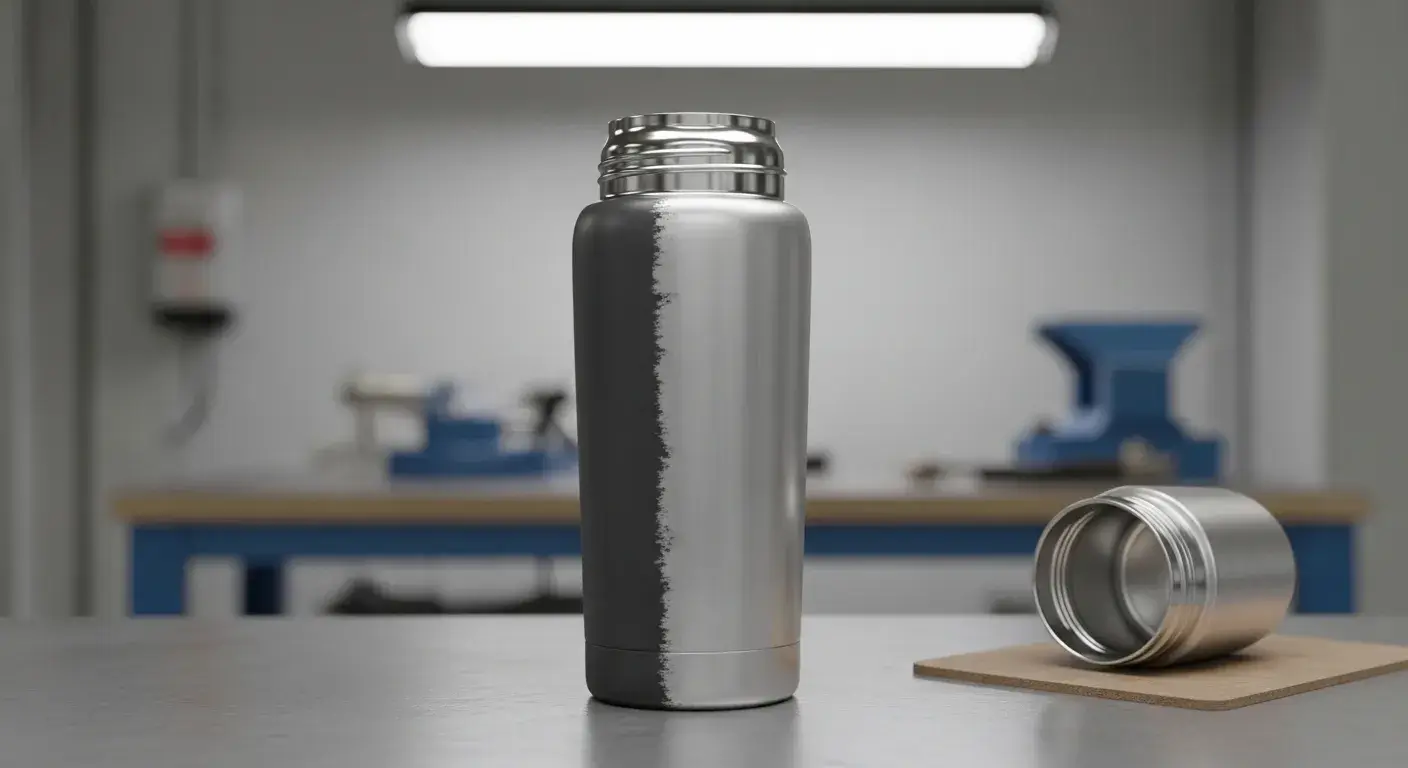
Struggling with stubborn powder coating on metal? Discover fast, safe ways to remove it for rework, repairs, or customization.
Powder coating is a durable finish that adheres strongly to metal, requiring specific removal methods such as chemical stripping, thermal stripping, abrasive blasting, or laser cleaning.
Each method suits different needs. Learn which one works best for your job.
What Is Powder Coating and Why Remove It?
Powder coating is strong. That’s great—until you need it gone. I faced this when I needed to recoat some promotional tumblers that had color errors.
Powder coating is a dry-finish process using electrostatic application and heat curing1. Removal is necessary for repair, recoating, or correcting errors.
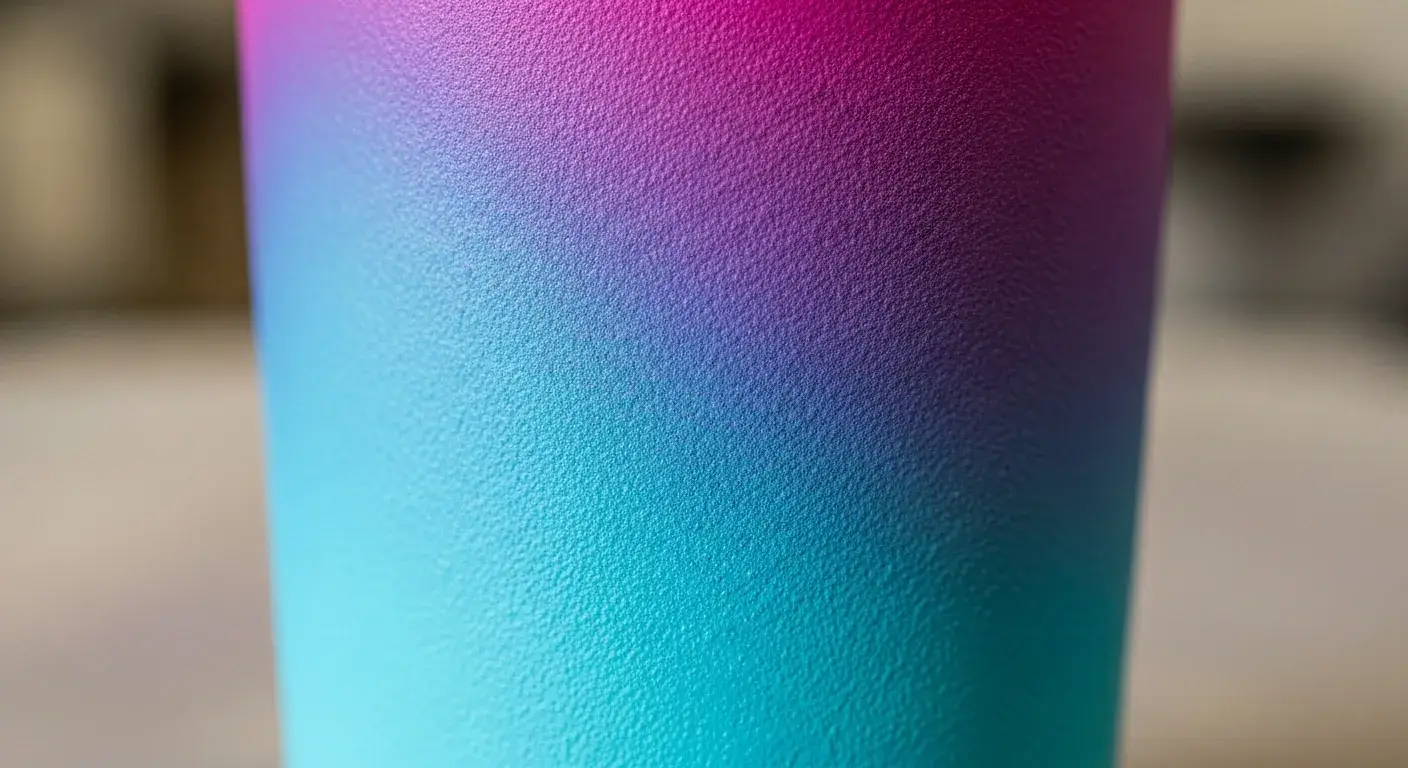
Understanding Powder Coating
Powder coating provides a tough, attractive, and eco-friendly finish2. But its strength also means removal is not simple. Here’s why:
- Tough adhesion: Powder fuses onto metal during curing.
- Uses: Found on water bottles, automotive parts3, and appliances.
- Why remove it?:
- Damage or defects
- Color or design changes
- Rebranding or customization
“The same durability that makes powder coating appealing also makes it stubborn to strip,” says industry guide [1].
What Are the Main Methods to Remove Powder Coating?
When my first shipment of branded tumblers had the wrong logo, I had to act fast. But I had to choose the right stripping method—without damaging the metal.
The four main methods are: chemical stripping, thermal stripping, abrasive blasting, and laser removal4. Each has pros and cons.
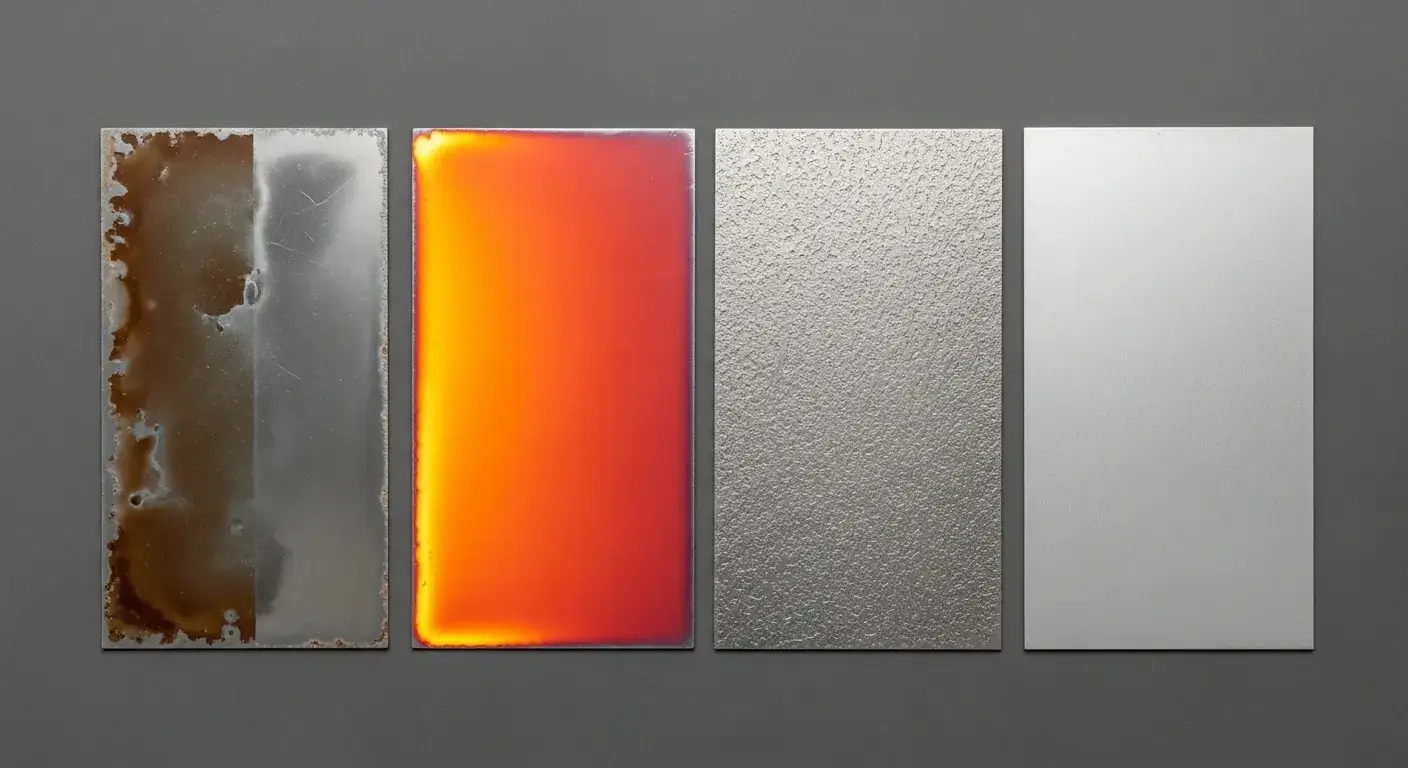
Overview of Each Method
| Method | Best For | Downsides |
|---|---|---|
| Chemical Stripping | Small parts, detailed shapes | Toxic fumes, needs PPE |
| Thermal Stripping | Fast batch removal | Risky for heat-sensitive metals |
| Abrasive Blasting | Large, sturdy surfaces | Can damage surface finish |
| Laser Removal | Precision, delicate parts | Expensive, industrial only |
Choosing depends on what metal you’re working with, available tools, and how important surface integrity is.
How Does Chemical Stripping Work and When Is It Best?
For small batches and DIY, I prefer chemical stripping. It’s accessible and fast—but only if safety comes first.
Chemical stripping uses solvents like methylene chloride5 to break down powder coating within 20 minutes. It suits intricate or heat-sensitive parts.
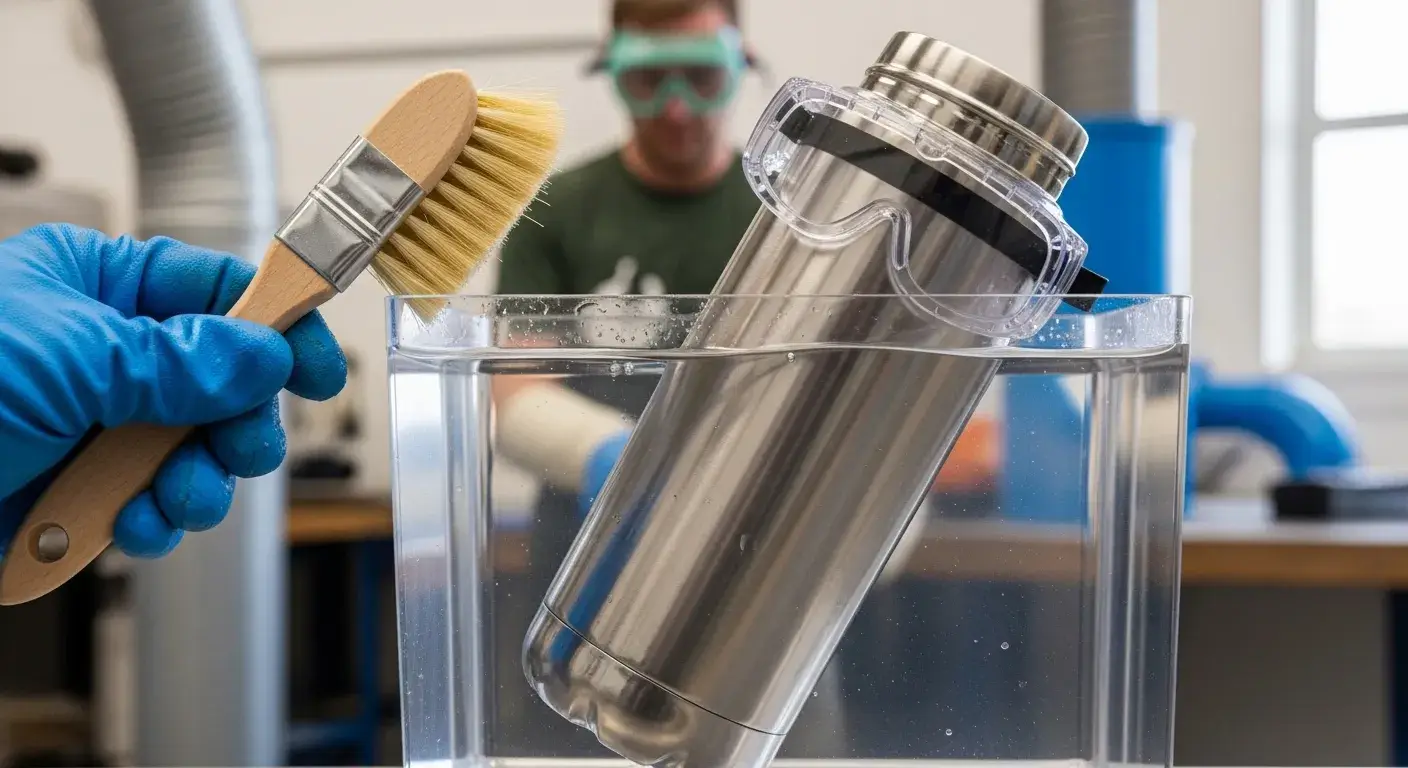
Chemical Stripping Insights
- Popular product: Benco B17 (methylene chloride-based)
- Working time: 10–20 minutes
- Application: Brush, dip, or spray
Pros:
- Effective on most coatings
- Good for parts with grooves or threads
Cons:
- Toxic; requires gloves, goggles, respirator
- Disposal must follow regulations6
"Use in a ventilated space only," warn [6] and [3].
What Are the Pros and Cons of Thermal Stripping?
Thermal stripping is tempting for bulk work. I saw a batch stripped in 10 minutes flat—but aluminum parts warped.
Thermal stripping heats metal in burn-off ovens (550–650°C)7 to destroy coatings fast, but risks damaging thin or heat-sensitive metals.
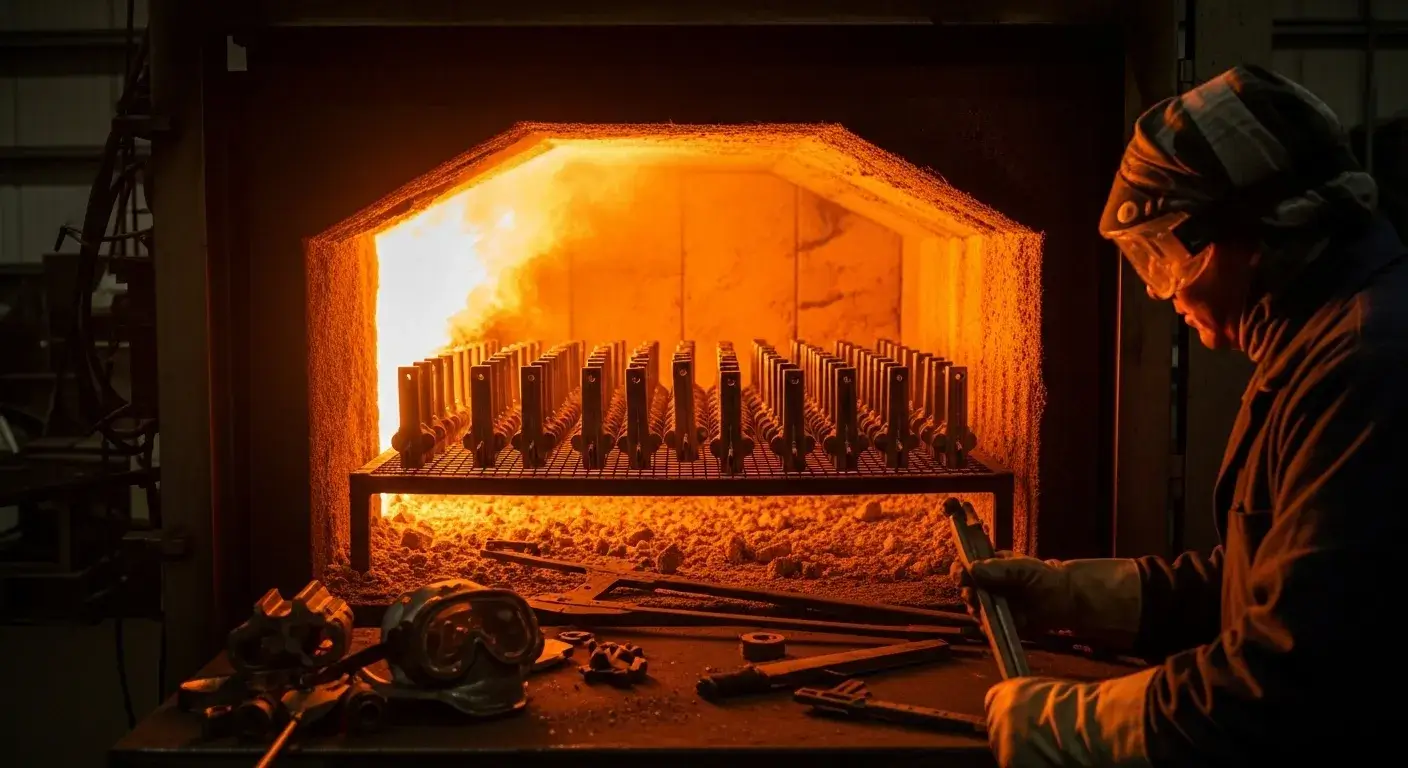
Thermal Stripping Breakdown
- Ideal use: Steel parts, high-volume industrial settings
- Speed: 5–10 minutes in oven
- Temperatures: Carefully controlled to avoid metal fatigue
Benefits:
- No chemicals or fumes
- Clean, ash-only residue
Risks:
- Can distort aluminum
- Not suitable for assemblies with multiple materials
How Effective Is Abrasive Blasting for Powder Coat Removal?
I’ve used sandblasting for rugged pieces. It’s effective, but slow—and it scratches the surface if done wrong.
Abrasive blasting8 removes powder by blasting particles at the surface. Effective but slow and can damage surface profiles.
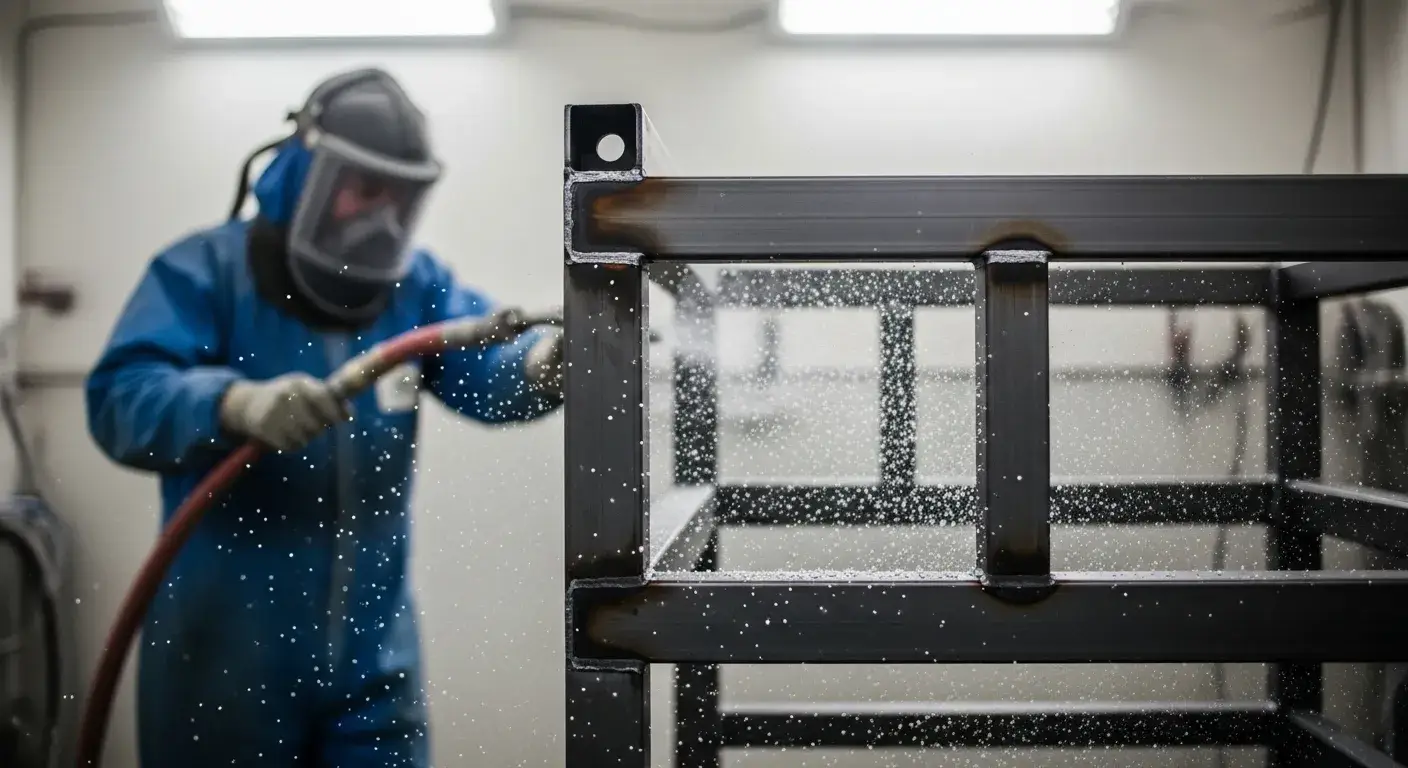
Abrasive Blasting Considerations
| Media Type | Surface Damage Risk | Speed |
|---|---|---|
| Sand | High | Fast (~30s/in²) |
| Glass Beads | Moderate | Medium |
| Plastic Beads | Low | Slow |
Use it when:
- Surface roughness is acceptable or needed
- Working on large surfaces
Avoid if:
- You need smooth finishes
- Part has fine details or soft metal
Pro tip: “Use plastic media for aluminum if finish quality matters,” suggests [5].
What Is Laser Removal and Is It Worth the Cost?
We once tried laser stripping on a client’s high-end tumblers. The finish was flawless—but the cost? Not DIY-friendly.
Laser stripping9 uses focused light to vaporize powder without touching the metal. Ideal for precision but too costly for small jobs.
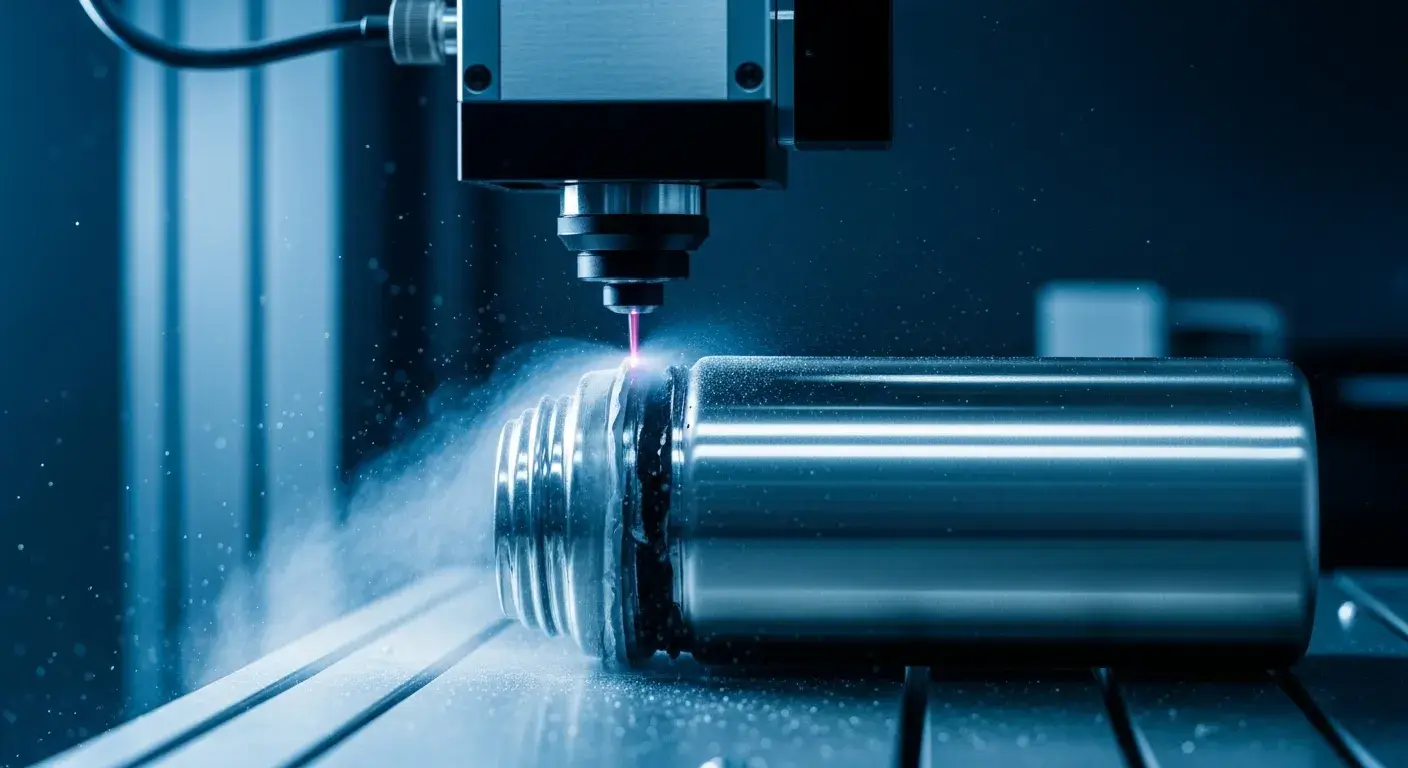
Laser Removal in Practice
- How it works: Short-pulse lasers heat the coating, breaking its bond
- Best for: Electronics, aluminum, high-spec parts
Advantages:
- No physical contact
- No fumes or waste
- Works on delicate materials
Drawbacks:
- $30,000+ machine cost
- Needs skilled operators
- Industrial setting only
According to [1], “Laser removal is the future—where budgets allow.”
Safety Precautions When Removing Powder Coating
A friend had a close call with fumes from a stripper in his garage. Don’t skip safety.
Wear gloves, goggles, and respirators. Ensure good ventilation. Avoid overheating and handle chemicals responsibly10.
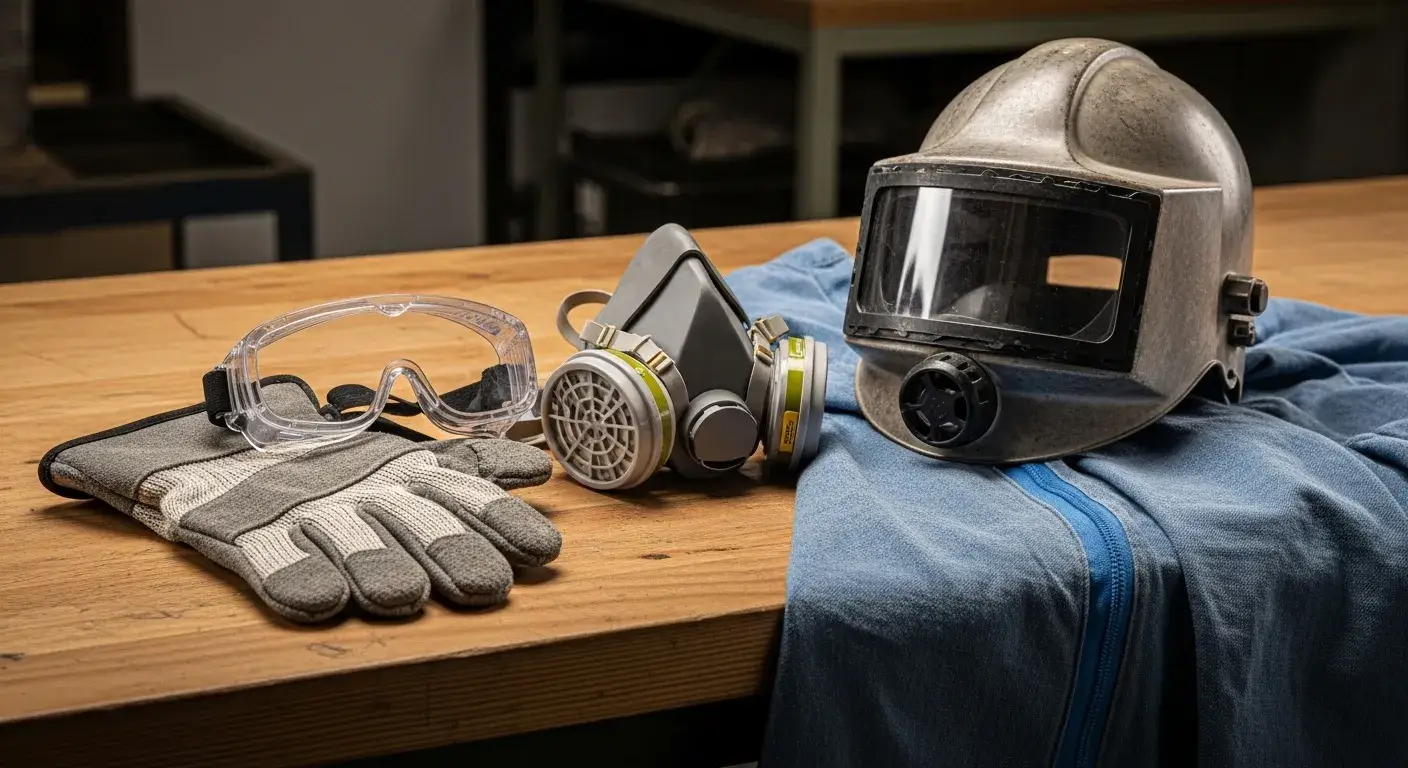
Essential Safety Checklist
- Chemical safety:
- Use outdoors or with fume extraction
- Avoid skin or eye contact
- Thermal safety:
- Monitor oven temps
- Don’t leave metal unattended
- Blasting safety:
- Use blast suits and helmets
- Shield surroundings from debris
How to Choose the Right Removal Method for Your Metal Part?
Different parts need different tools. I choose methods based on part value, material, and urgency.
Pick based on part material, shape, job size, finish requirements, and available equipment11. Chemical is best for DIY; laser for precision.
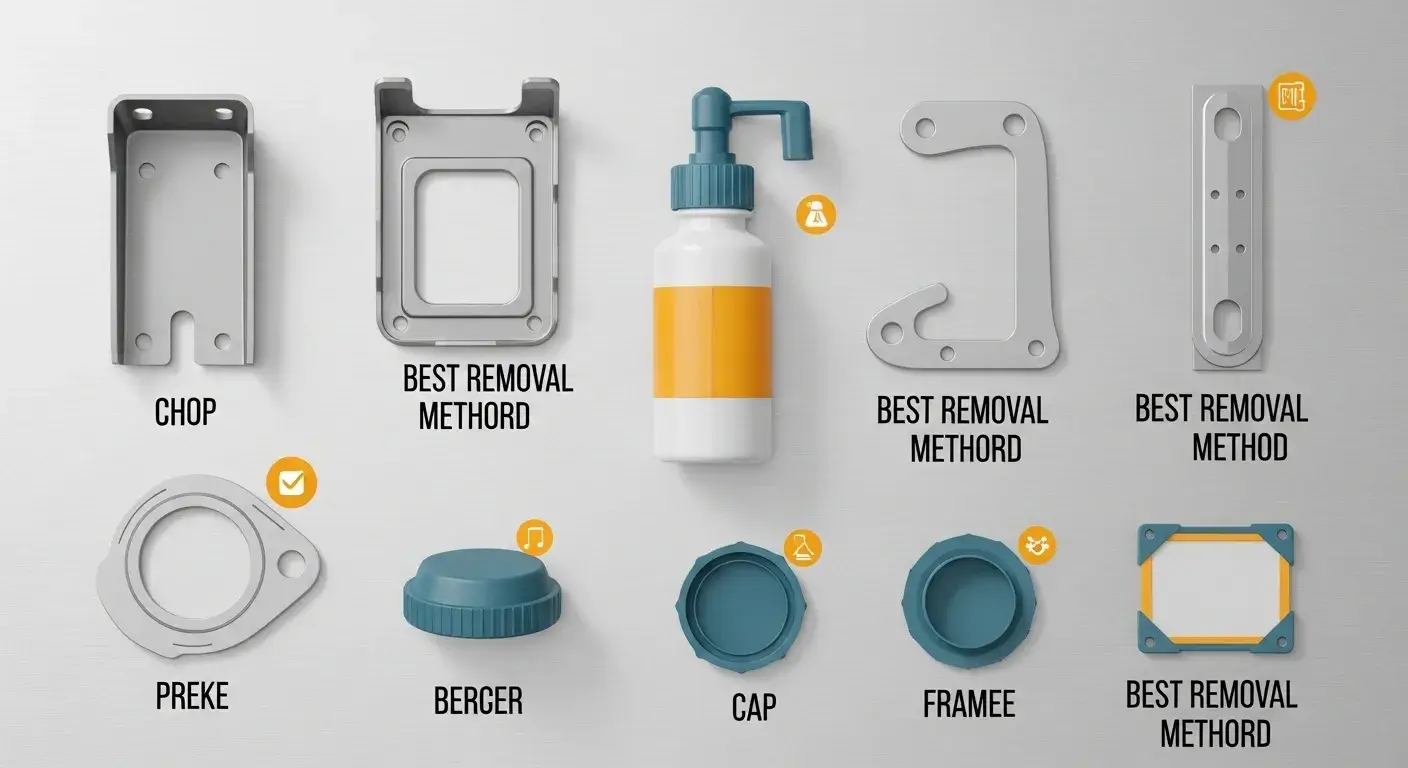
Decision Table
| Part Type | Best Method | Notes |
|---|---|---|
| Steel Bracket | Thermal or Blast | Cost-effective, tough surface |
| Aluminum Bottle | Laser or Chemical | Avoid thermal stripping |
| Intricate Cap | Chemical | Reaches grooves, avoids damage |
| Large Frame | Blast | Effective over big surfaces |
Always factor in:
- Finish quality needed afterward
- Time and cost constraints
- Environmental compliance for chemical disposal
Conclusion
Removing powder coating requires matching the method to your material, budget, and safety needs for best results.
FAQs
Q: Can I remove powder coating with a heat gun?
A: Yes, but it’s slower than burn-off ovens and can still damage sensitive metals.
Q: Is soda blasting a good alternative to sandblasting?
A: Yes. It’s gentler and less abrasive but not as effective on thick coatings12.
Q: What happens if I skip safety gear during chemical stripping?
A: You risk chemical burns, respiratory harm, and long-term health effects.
Q: Can I reuse parts after thermal stripping?
A: Only if the metal was not heat-sensitive and wasn't warped.
Q: Are eco-friendly strippers effective?
A: Some are, but they tend to work slower than traditional ones with strong solvents13.
Footnotes:
-
Learn how electrostatic and heat-curing create strong powder-coated finishes ↩
-
See why powder coating is considered eco-friendly and long-lasting ↩
-
Explore common applications of powder coating in the auto industry ↩
-
Compare the top four industrial powder coating removal techniques ↩
-
Understand how methylene chloride works in paint and powder coating removers ↩
-
Find guidelines for safe chemical waste disposal and compliance ↩
-
Review thermal stripping oven temperatures and metal compatibility ↩
-
Learn how abrasive blasting works and which media suits your application ↩
-
See how industrial lasers remove powder coatings without damaging the substrate ↩
-
Follow essential safety measures for handling chemicals and equipment ↩
-
Use this guide to choose the right powder coat removal method by material type ↩
-
Learn the pros and cons of soda blasting versus other abrasive methods ↩
-
See performance comparisons of eco-friendly vs. solvent-based powder coating strippers ↩

